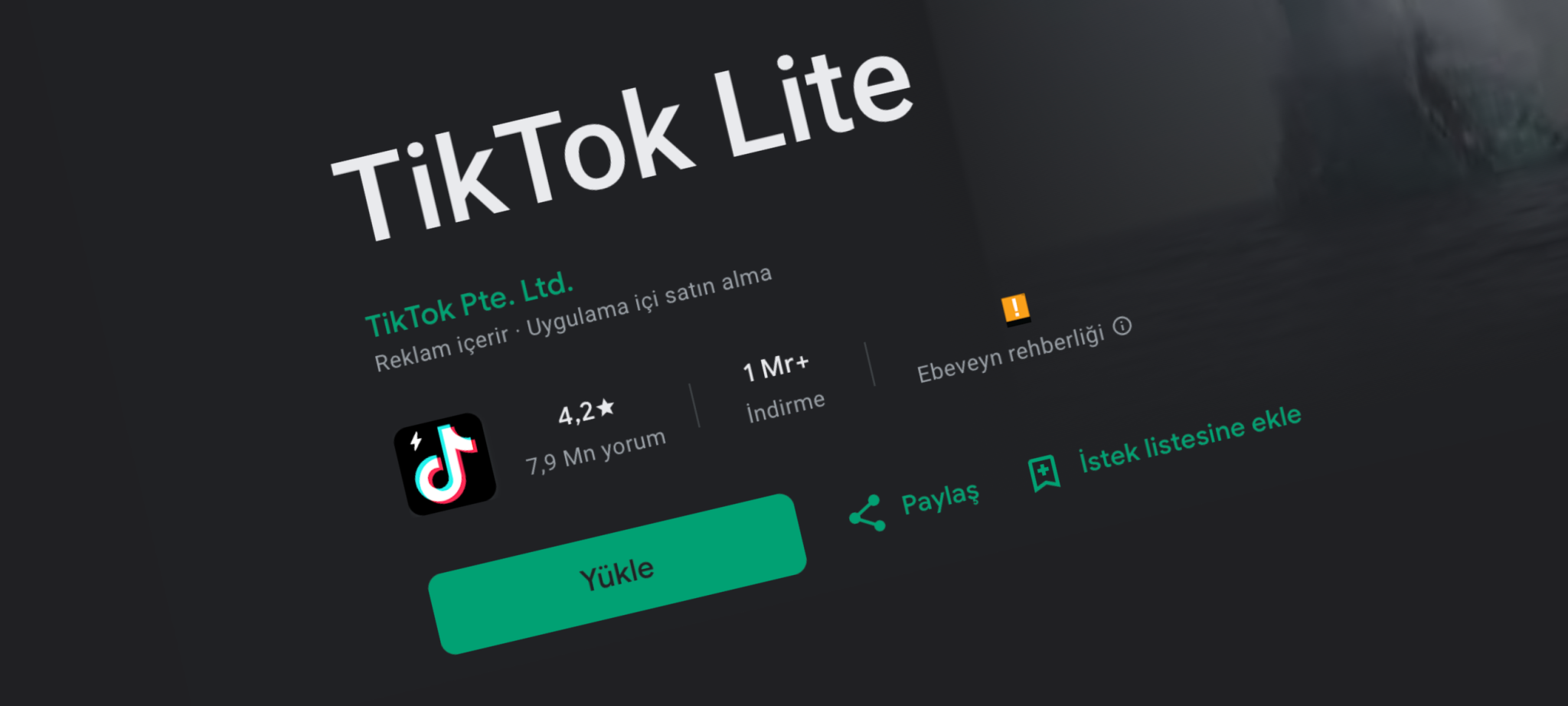The latest report published by the Mozilla Foundation, ‘How TikTok Lite Sacrifices User Protections in the Global Majority’, addresses the security issues of the TikTok Lite application. We have analysed the most important parts of the report.
In their quest for global supremacy, tech platforms have extended their reach across continents, breaking through geographical barriers to emerge as powerful global players. These companies focus on emerging markets in regions like South America, Asia, and Africa, where regulatory requirements are often less stringent. A key tactic in this expansion is the deployment of “Lite” apps.
What Are Lite Apps?
Lite apps are simplified versions of their main applications, designed to be smaller in size, consume less data, and operate efficiently on lower-end devices. This makes them ideal for users in emerging markets who often have phones with limited storage, use older Android versions, are highly data-conscious, and live in areas with unstable internet and power supply. Lite apps are much smaller than standard versions, which reduces download and installation time. They are optimised to use minimal data, making them suitable for users with limited data plans or slow internet connections. It is designed to require less RAM and processing power, which ensures a good user experience even on older or less powerful smartphones. It usually includes the basic functions of the main app, but less critical advanced features may be omitted, resulting in a more focussed and simpler user experience. Some lite apps are designed to work effectively in low-connected environments, providing access to essential services even when internet access is unreliable.
This strategy, pioneered by Facebook in 2015 with Facebook Lite, has proven effective. The app, significantly smaller than the main version, attracted 200 million users within two years and boosted Facebook’s revenue from “Rest of World” markets by 52%. Following this success, Meta introduced Lite versions of Messenger and Instagram, while Google released Gmail Go, YouTube Go, and Maps Go.
TikTok’s Expansion Strategy
It’s no surprise that TikTok, the viral short-form video platform owned by ByteDance, has adopted a similar strategy. Launched in 2016, TikTok quickly amassed a global audience, reaching 1.9 billion users worldwide. Central to this growth is TikTok Lite. Introduced in Thailand in 2018, TikTok Lite has since been downloaded nearly 1 billion times from the Android Play Store, accounting for almost half of TikTok’s user base.
Differences Between TikTok Apps
Depending on a user’s location, searching for “TikTok” or “TikTok Lite” on the Google Play Store may yield three different apps. This complexity can be confusing. Here, we focus on two of these apps: TikTok is the classic TikTok app, known globally, with over 1 billion downloads. Its APK file size is 371 megabytes. TikTok Lite is significantly smaller at 36 megabytes, targeting regions with slower internet and less powerful phones. It also boasts over 1 billion downloads on the Google Play Store.
Why TikTok Lite Faces Scrutiny
As TikTok Lite prepared for its launch in France and Spain, the European Union demanded a risk assessment. Independent assessments by the Mozilla Foundation and AI Forensics revealed significant differences between TikTok Lite and the main TikTok app, particularly in their safety features.
Labeling content is crucial for user safety, helping to identify misinformation and explicit material. However, TikTok Lite lacks several key labeling features present in the main app. Dangerous acts labeling, which warns viewers of risky challenges, is absent in TikTok Lite. Similarly, graphic content banners that provide warnings and control are missing. Misinformation labeling, critical during events like elections and health crises, is also not present in TikTok Lite. The main app labels AI-generated content to prevent misinformation, but this feature has not been extended to TikTok Lite.
User controls empower users to manage their online experience. However, TikTok Lite is missing several essential controls available in the main app. Comment filtering options are not available on TikTok Lite. Content preference settings, including the restricted mode, are absent. Screen time management controls, crucial for addressing screen addiction, are missing in TikTok Lite. Despite these gaps, both TikTok apps include malicious content reporting, search banners, and search blocking features.
Implications and Recommendations
The absence of significant safety features in TikTok Lite, predominantly used in Global Majority countries, is concerning. This disparity suggests a prioritization of growth and profitability over user welfare in these regions.
To address these issues, TikTok should introduce comprehensive labeling mechanisms in TikTok Lite to protect against misinformation, dangerous behaviors, and graphic content. All user controls from the main app should be included in TikTok Lite to empower users and promote safer usage. Additionally, TikTok should run in-app media literacy campaigns to inform users about safety features, tailored to local contexts and languages.
By taking these steps, ByteDance can ensure a safer, more equitable user experience across all versions of TikTok.


